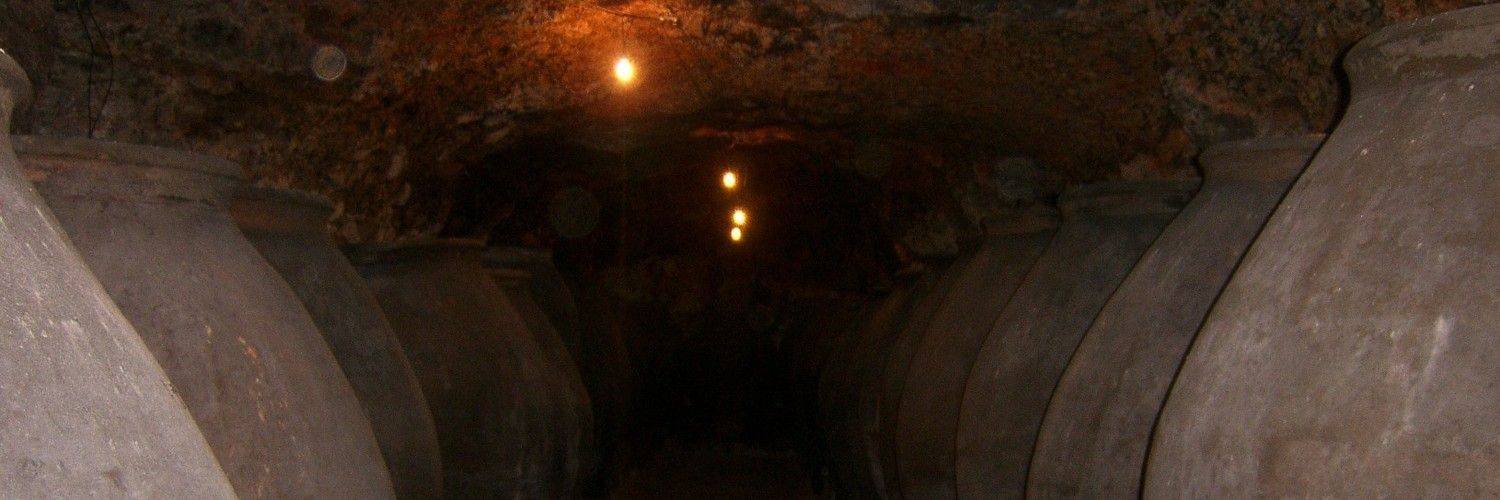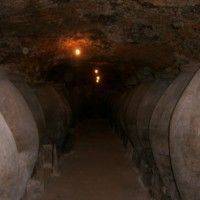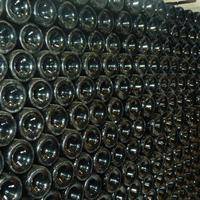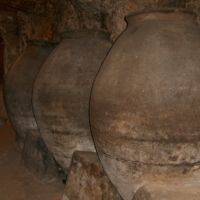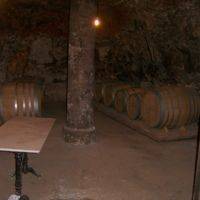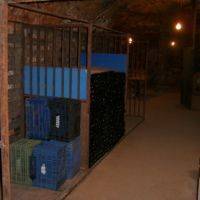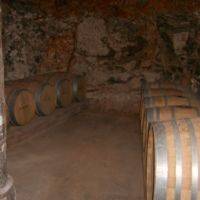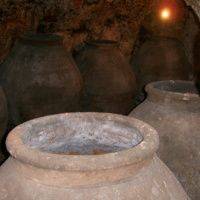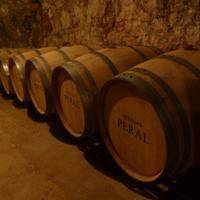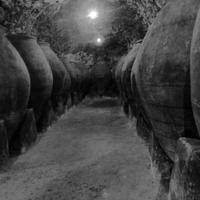Bodegas y Viñedos Peral
Spain - Madrid
- Vinos de Madrid

- Bajada de las Monjas, 4, Colmenar de Oreja , 28380
- Contact Form
- Website
- 918943237
About us
In mid-XIX century, Cuéllar family founded the winery because of the wine demand from the city of Madrid. In 1953 it passed to Peral family that, with the aim of making a quality wine, resorted to the ancestral winemaking traditions and innovated its cultivation and making applying techniques as “sobremadre (orange wine)” (ancient custom to ferment the wine with a portion of the skins). It is remarkable that it was the first winery in Madrid area launching Limited Vintage wines. Our winery makes wines with “Vinos de Madrid” Designation of Origin (D.O.) and they have won a lot of prizes and honours. Peral Winery produces 3.000 hectolitres of wine, amongst them are the white and black varieties. Although the winery has only a little vineyard and its production is based on extern local winemakers, all the process of winemaking and technical direction are controlled from the own winery.History
The relation between Colmenar and the wine dates back to the Roman era, but it settled down in the sixteenth and seventeenth centuries. It should be noted that the consumed wine in the Felipe IV’s court was from mostly around Madrid: Villarejo de Salvanés, Arganda del Rey, Chinchón, San Martín de Valdeiglesias or Colmenar. But it was not until the early twentieth century when the wines from Colmenar achieved real fame by being served in all the taverns in Madrid.Vineyard & Terroir
The Regional Ministry of Agriculture and Cooperation of Community of Madrid recognized the Vinos de Madrid and approved its regulations by Order 2240/1990 of August. The ratification of the regulations took shape by Order of the 19 November, 1990.
The production area with Designation of Origin (D.O.) is divided in three very different sub-areas: San Martín de Valdeiglesias, Navalcarnero and Arganda, the latter is where the wines of Colmenar de Oreja are located. Vinos de Madrid D.O. enshrines, controls and protects the grapes and vineyards from 54 municipalities in the southern area of the Community.
The white grapes allowed in the D.O. are Malvar, Albillo, Airén, Viura, Torrontés, Parellada, Muscat small grain; in red ones, Tempranillo (Tinta Fina or Cencibel), Red Grenache, Merlot, Cabernet Sauvignon and Syrah.
Arganda subarea is located in the fertile plain of Tagus River and it is the largest of all, since it covers 25 municipalities, including Arganda del Rey, Belmonte del Tajo, Valdilecha, Villaconejos, Titulcia, Chinchón, Morata de Tajuña, Villarejo de Salvanés, Valdelaguna, and Colmenar de Oreja.
It has more than 6,400 hectares of vineyards settled down in clay terraces. The weather provides a mean temperature of 13.5-14 ºC, a rainfall of 500 litres per square metre per year and about 2,800 sunshine hours. All this facilities the production of quality grapes and an excellent ripening.
The predominating grape varieties in the subarea are Tinta Fina (Tempranillo) in red ones and Malvar in white.
At The Winery
The sobremadre technique used at Peral Winery making some of its wines is that the wine ferments with the “madre,” that is, with stalked and squeeze grape. The own madre, by gravity, causes the wine clarification. This process produces white and red wines which contain some carbonic gas produced endogenously.| NAME | VINTAGE | TYPE | APPELATION | PRICE (USD) | Award | ||
|---|---|---|---|---|---|---|---|
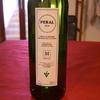
|
Peral Blanco Sobremadre | 2014 | White wine | D.O. Vinos de Madrid | 3.5€ | Info | |
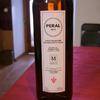
|
Peral Rosado Sobremadre | 2014 | Rosé wine | D.O. Vinos de Madrid | 3€ | Info | |
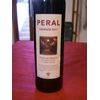
|
Peral Crianza | 2011 | Red wine | D.O. Vinos de Madrid | 4-5€ | Info | |
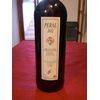
|
Peral Tinto Sobremadre | 2012 | Red wine | D.O. Vinos de Madrid | 3€ | Info | |
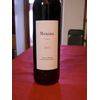
|
Menina Crianza | 2011 | Red wine | D.O. Vinos de Madrid | 4-5€ | Info | |
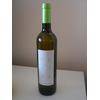
|
Menina blanco | 2014 | White wine | D.O. Vinos de Madrid | 3€ | Info | |
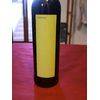
|
Menina tinto | 2014 | Red wine | D.O. Vinos de Madrid | 3-4€ | Info | |
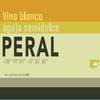
|
Peral Aguja Semidulce blanco | 2013 | Sparkling wine | V.T. Castilla | 3-4€ | Info | |

|
Peral Aguja Semidulce rosado | 2013 | Sparkling wine | V.T. Castilla | 3-4€ | Info | |
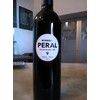
|
Peral Top Crianza | 2012 | Red wine | D.O. Vinos de Madrid | 14.5€ | Info | |
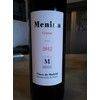
|
Menina Crianza | 2012 | Red wine | D.O. Vinos de Madrid | 5.5€ | Info | |
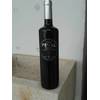
|
Vermú Peral Reserva | 2014 | Vermut | 7 | Info |
